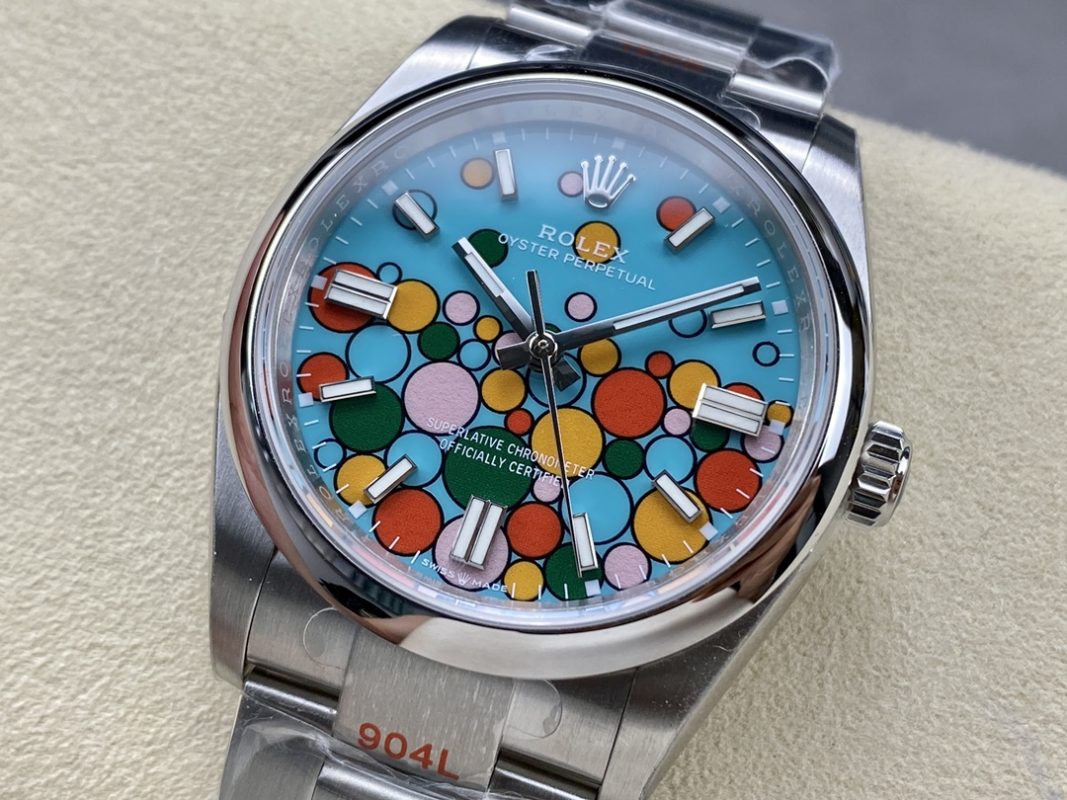Replica
Why Watch Customization Should Be Embraced, Not Feared
Watchmaking is an art form steeped in history, with brands like Rolex, Patek Philippe, and Audemars Piguet celebrated for their timeless designs and meticulous craftsmanship. Yet, as the industry evolves, a new trend is emerging-one that challenges the status quo and invites creativity into the fold. Customization, once considered a taboo in the replica watch world, is gaining traction, sparking heated debates among collectors, enthusiasts, and brands alike. But why is customization so polarizing, and why should it be more widely accepted?

To understand the growing acceptance of Customization, it’s important to first examine why it has been met with resistance. For many, a watch is more than just a timekeeping device; it’s a masterpiece of engineering and design. Brands invest millions in research, development, and craftsmanship to create watches that are both functional and aesthetically pleasing. To alter such a creation can feel like an affront to the artistry and effort that went into its making.
Another concern is the potential damage Customization can inflict on a watch. Coatings, engravings, or the addition of gemstones can compromise the integrity of the original materials, leading to fading, scratching, or other forms of wear. For collectors, this is a significant risk, as any modification-no matter how minor-can diminish the watch’s value. Even something as simple as changing the strap can have an impact, though it’s often reversible. More extreme alterations, such as dial modifications or bezel engravings, are almost guaranteed to lower resale value.
Watches are designed with specific functions in mind, and Customization can sometimes render these functions obsolete. Take, for example, the replica Rolex Daytona Rainbow (ref. 116595RBOW). This factory-set model replaces the tachymeter scale with gemstones, effectively nullifying the chronograph’s utility. For purists, this undermines the watch’s original intent and diminishes its value as a tool watch.
Despite these valid concerns, there’s a growing movement in favour of Customization-one that aligns with modern values of individuality and self-expression. In an era where personalization is celebrated in everything from clothing to cars, it’s only natural that watches would follow suit. After all, a watch is more than just a piece of machinery; it’s an extension of the wearer’s identity.

Customization allows watch enthusiasts to put their own stamp on a watch, transforming it into something truly unique. For artisans, it’s an opportunity to showcase their creativity and technical skills, pushing the boundaries of what’s possible in watchmaking. Far from being a disrespectful act, Customization can be seen as a celebration of the original design, enhancing its beauty and adding a personal touch.
Moreover, Customization requires a deep understanding of a watch’s construction and mechanics. Adding diamonds, altering dials, or engraving bezels isn’t a task for the inexperienced. It demands precision, expertise, and a respect for the original craftsmanship. In this sense, Customization is its own art form-one that complements rather than detracts from the watchmaking tradition.
The demand for customized watches is undeniable. We’ve seen firsthand how clients are drawn to bespoke watches that reflect their personal style. Whether it’s a subtle change to the strap or a complete overhaul of the dial, Customization offers a level of exclusivity that mass-produced watches simply can’t match.

Even major brands are beginning to embrace this trend. Rolex, for instance, has released factory-set models like the Daytona Rainbow, proving that there’s a market for customized luxury watches. Other brands have followed suit, creating limited-edition pieces that push the boundaries of design and functionality. This shift reflects a broader cultural movement towards creative freedom and individuality-one that the watch industry can no longer ignore. As the watch industry continues to evolve, brands and collectors alike must embrace this new era of horology. Customization isn’t about undermining tradition-it’s about enhancing it, offering new possibilities for expression and innovation.

